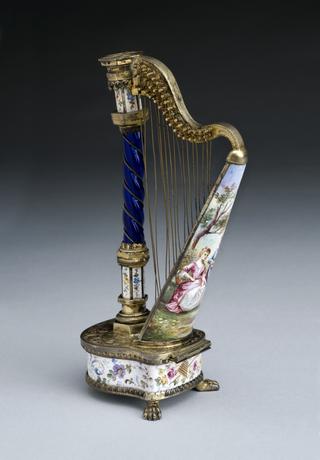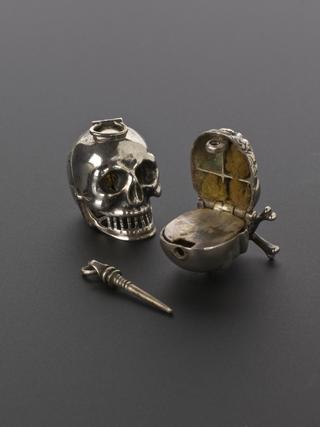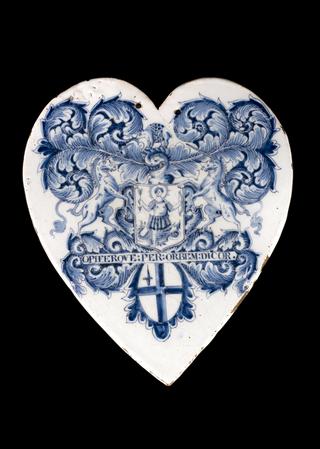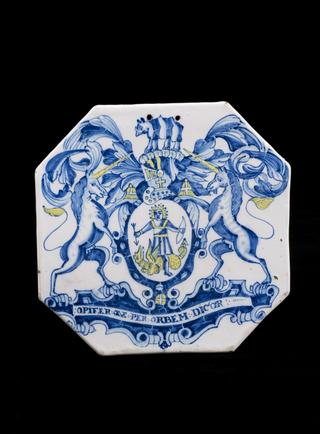
Selection of gold and silver pomanders, Europe
- Made:
- unknown in Europe














Gilt pomander, spherical which opens out into eight segments some of which are inscribed with the name of the contents, rosen, ruten, moscat, canel, rosinarin
What have these fancy trinkets got to do with disease? They look more like jewellery – a luxury pendant for a necklace perhaps. If you look closely, they each have a ring at the top, so where would they hang?
Crafted in gold and silver, some studded with diamonds, pomanders were worn on necklaces and belts by wealthy men and women. It is reported that King Henry VIII owned sixteen in 1530. But they weren’t just jewellery. Look carefully at those opened out like orange segments – each piece has a sliding cover, and in one case you can see it is hollow inside. What did it hold? Each segment would be filled with sweet-smelling herbs and spices.
Foul odours surrounded the people of the 1500s and 1600s. Rotting teeth and untreated skin infections made them pretty stinky themselves. But more worrying were the poisonous vapours, or miasma, coming from decaying organic matter, believed to cause disease and illness. Until the late 1800s, when the germ theory of disease proposed that micro-organisms were responsible, miasma was the explanation for outbreaks of cholera and fevers – the word malaria came from the Italian for ‘bad air’.
Scents of rosemary, nutmeg and cinnamon, their names inscribed on the sliding covers, were hoped to combat the deadly airs. Was it worth the expense? A cheaper alternative was the aromatic orange, its pulp scooped out and replaced with a sponge soaked in vinegar. Either way, would you have dared step outside without one?
Details
- Category:
- Pharmacy-ware
- Collection:
- Sir Henry Wellcome's Museum Collection
- Object Number:
- A629413
- Measurements:
-
closed: 41 mm 24 mm, .02 kg
open: 41 mm 57 mm, .02 kg
- type:
- pomander




